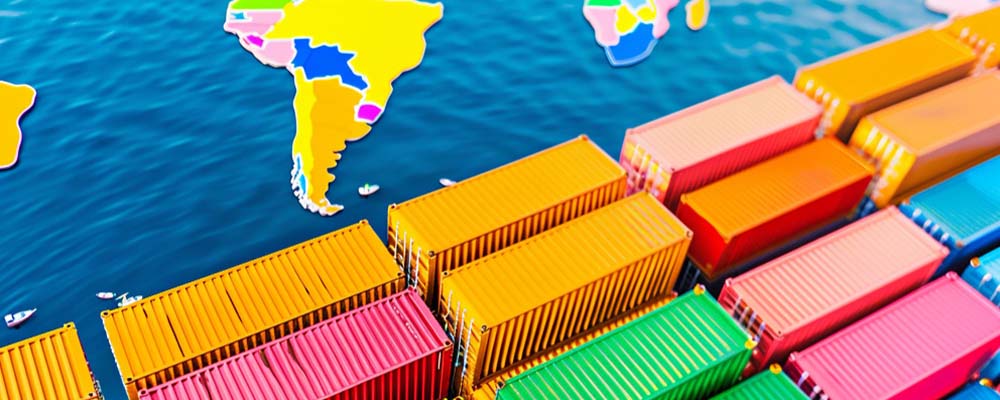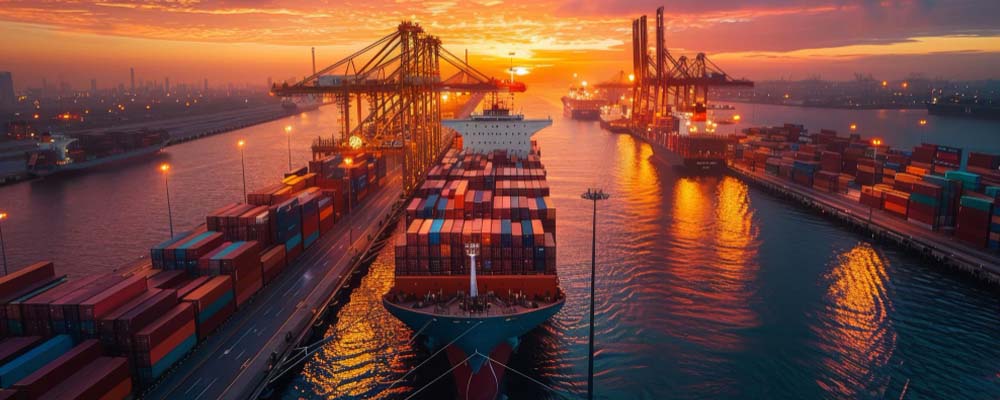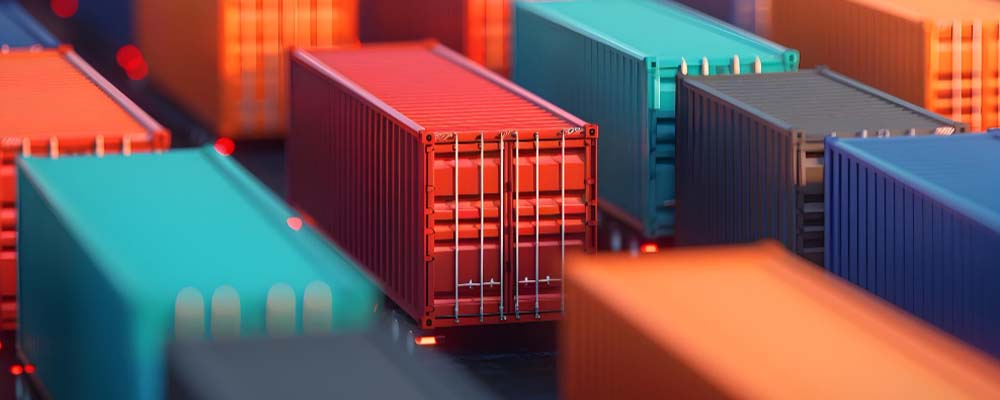
In the fast-paced world of international trade, shipping containers to India is a crucial aspect for many businesses. Whether you’re a freight forwarding company, logistics provider, importer, exporter, customs broker, manufacturer, or e-commerce business, understanding the intricacies of this process can be a game-changer. This comprehensive guide will walk you through everything you need to know about shipping containers to India—from costs and transit times to finding a reliable freight forwarder. Let’s set sail on this informative voyage to streamline your shipping operations!
Exploring the Ways to Ship to India
When it comes to shipping containers to India, you have several options to consider. Each method has its own advantages and can cater to different needs and budgets.
Ocean Freight
Ocean freight is the most common method for shipping containers to India. It’s cost-effective, especially for large volumes, and offers various container sizes to accommodate different shipment sizes. Shipping by sea can take longer, but it’s ideal for non-urgent cargo.
Air Freight
For businesses requiring faster delivery, air freight is a viable option. Although it comes at a higher cost, air freight ensures quicker transit times, making it suitable for time-sensitive or high-value shipments. Keep in mind that air freight is typically used for smaller volumes due to weight and size restrictions.
Rail and Road Transport
Combining rail and road transport is another method to consider, particularly for landlocked regions in India. While this option may not be as swift as air freight, it’s often more affordable and can provide a good balance between speed and cost.
 Understanding the Costs to Ship a Container to India
Understanding the Costs to Ship a Container to India
Shipping costs can vary significantly based on several factors. Understanding these elements will help you better estimate and manage your shipping expenses.
Container Size and Type
The size and type of container you choose will greatly influence the cost. Standard container sizes include 20-foot and 40-foot containers, with options for refrigerated or specialized containers depending on your cargo’s requirements.
Distance and Route
The distance between the origin and destination ports, as well as the chosen route, will impact shipping costs. Direct routes tend to be less expensive compared to those requiring multiple transshipments or longer distances.
Seasonal Demand
Shipping rates can fluctuate based on seasonal demand. Peak shipping seasons, holidays, and economic conditions can drive up prices, so planning ahead and booking early can help you secure better rates.
Estimating the Transit Time When Shipping to India
Knowing the expected transit time is crucial for planning your logistics and managing customer expectations. Several factors can influence the shipping duration.
Origin and Destination Ports
The distance between your origin port and the destination port in India will determine the base transit time. Major ports with frequent services tend to offer shorter transit times compared to less busy ports.
Shipping Method
Choosing between ocean, air, rail, or road transport will impact the overall transit time. Air freight is the fastest option, while ocean freight can take several weeks, depending on the route and stops along the way.
Customs Clearance
Customs procedures and clearance times can also affect the total shipping time. Ensuring all documentation is accurate and complete can help expedite the customs process and reduce any potential delays.
 Main Ports in India to Consider
Main Ports in India to Consider
India boasts several key ports that handle a significant portion of the country’s import and export activities. Familiarizing yourself with these ports can help you choose the best entry point for your shipments.
Port of Mumbai
Located on the west coast, the Port of Mumbai is one of India’s largest and busiest ports. It handles a wide range of cargo types and offers extensive facilities for container handling, making it a popular choice for many businesses.
Port of Chennai
Situated on the southeast coast, the Port of Chennai is another major hub for container shipping. It serves as a primary gateway for trade with Southeast Asia and offers modern facilities to accommodate various cargo requirements.
Port of Mundra
The Port of Mundra, located in Gujarat, is known for its efficient operations and extensive infrastructure. It has rapidly grown to become one of India’s leading ports, attracting significant volumes of cargo from both domestic and international sources.
Finding a Reliable Freight Forwarder in India
Selecting the right freight forwarder is crucial for ensuring a smooth and hassle-free shipping experience. Here are some tips to help you find a trustworthy partner.
Industry Experience
Look for a freight forwarder with extensive experience in handling shipments to India. Their knowledge of local regulations, customs procedures, and best practices can significantly impact the efficiency of your shipping process.
Range of Services
Choose a freight forwarder that offers a comprehensive range of services, including documentation, customs clearance, warehousing, and transportation. A full-service provider can streamline your logistics and reduce the need for multiple vendors.
Customer Reviews and References
Research customer reviews and ask for references to gauge the reputation and reliability of potential freight forwarders. Positive feedback and recommendations from other businesses can provide valuable insights into their performance and service quality.
FAQs about Shipping Your Container to India
To help address common concerns, here are answers to some frequently asked questions about shipping containers to India.
What Documentation is Required?
Shipping to India requires several key documents, including the Bill of Lading, Commercial Invoice, Packing List, Import License, and Customs Declaration. Ensuring all documents are accurate and complete is essential for smooth customs clearance.
How Can I Reduce Shipping Costs?
To minimize shipping costs, consider consolidating shipments to maximize container space, booking in advance to secure lower rates, and negotiating with multiple freight forwarders for competitive quotes.
What are the Common Challenges?
Common challenges in shipping to India include navigating complex customs procedures, dealing with port congestion, and managing varying transit times. Partnering with an experienced freight forwarder can help mitigate these issues.
 Conclusion
Conclusion
Shipping containers to India may seem daunting, but with the right knowledge and partners, it can be a seamless process. By understanding the different shipping methods, costs, transit times, and key ports, you can make informed decisions and optimize your logistics operations. Remember to choose a reliable freight forwarder and stay proactive in managing your shipments to ensure a successful and efficient shipping experience. Happy shipping!




 Understanding the Costs to Ship a Container to India
Understanding the Costs to Ship a Container to India Main Ports in India to Consider
Main Ports in India to Consider Conclusion
Conclusion



